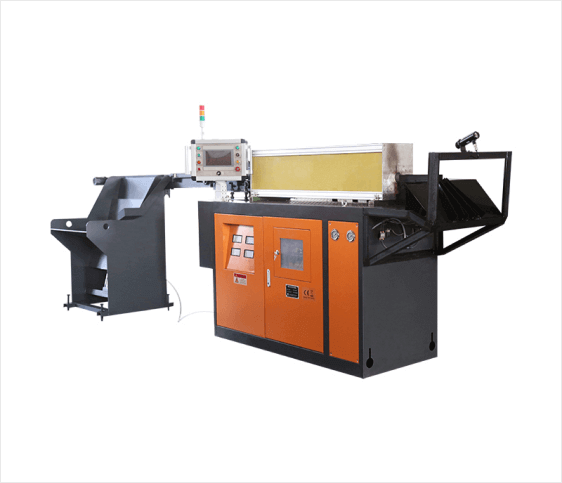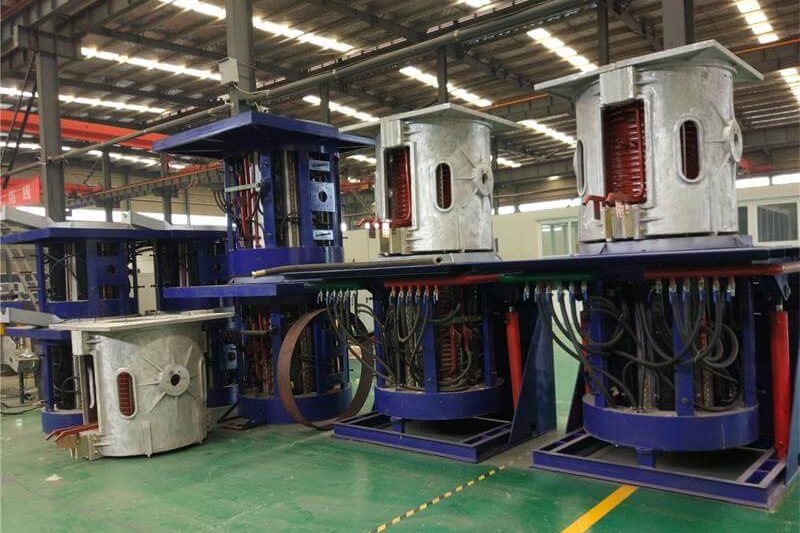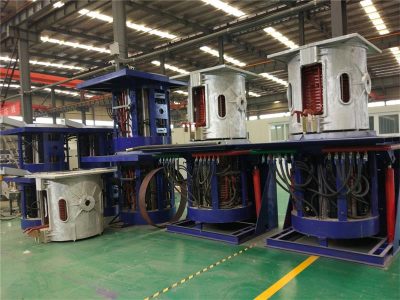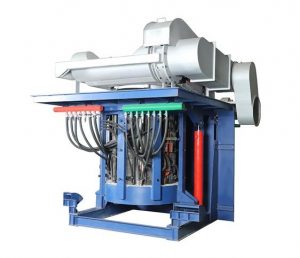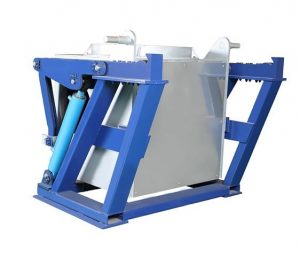The most common applications of electric induction furnaces are in the machinery manufacturing and metallurgical industries, so what are the specific uses of induction furnaces? Red Teng editor to introduce to you.
The biggest feature of induction furnace heating is that the workpiece can be directly heated, the workpiece heating speed is fast, the temperature is easy to control, and no metal impurities are mixed in the heating process, so it has a wide range of applications.
The melting furnace is composed of a thyristor intermediate frequency power supply, furnace body, heating induction coil, furnace lining material to protect the heating coil, cooling circulation device, tilting furnace system, leakage furnace protection system, etc.
The melting furnace uses the principle of electromagnetic induction to heat the metal so that the heat is generated inside the metal itself, which can speed up the melting speed of the metal.
The smelting furnace is very simple to use. The operator can carry out the continuous work of the forging task after ten minutes of preparation and does not need to prepare the furnace and seal the furnace in advance like the furnace workers.
Quenching: heating the workpiece to a specific temperature and then cooling it down quickly, so that the metallographic structure of the workpiece is changed to a certain extent, thereby increasing the hardness and wear resistance of the workpiece, which is called quenching. However, after the workpiece is quenched, it will become very brittle and the fatigue resistance will deteriorate. In order to solve this contradiction, there is a surface quenching process.
Induction heating is the ideal heating method for surface hardening, which can meet the surface hardening requirements of the workpiece by controlling the heating depth and heating time.
Diathermy: During the heating process, the internal and surface temperatures of the entire workpiece are approximately equal, which is called diathermy. The advantages of induction heating for diathermy are that it has high heating efficiency, fast speed, reduced metal burning loss, easy temperature control, and guaranteed heating quality, so it has been more and more widely used.
Melting: When the induction furnace is used for smelting, it has these advantages, which can provide workers with a better working environment, high heating efficiency, less burning loss of alloying elements in the solution, easy control of components, and high product quality, especially suitable for melting Various high-grade alloy sheets of steel.
Sintering: Sintering is used in powder metallurgy, and is often used to manufacture products such as carbide tools. Induction heating is an ideal heating method for vacuum sintering, which can improve the quality of products.
This is what we share today, about the use of induction furnaces, I hope it can be helpful to you.
Luoyang Judian is a manufacturer of induction furnaces. You can follow us for more information and knowledge about melting metals in induction furnaces.
